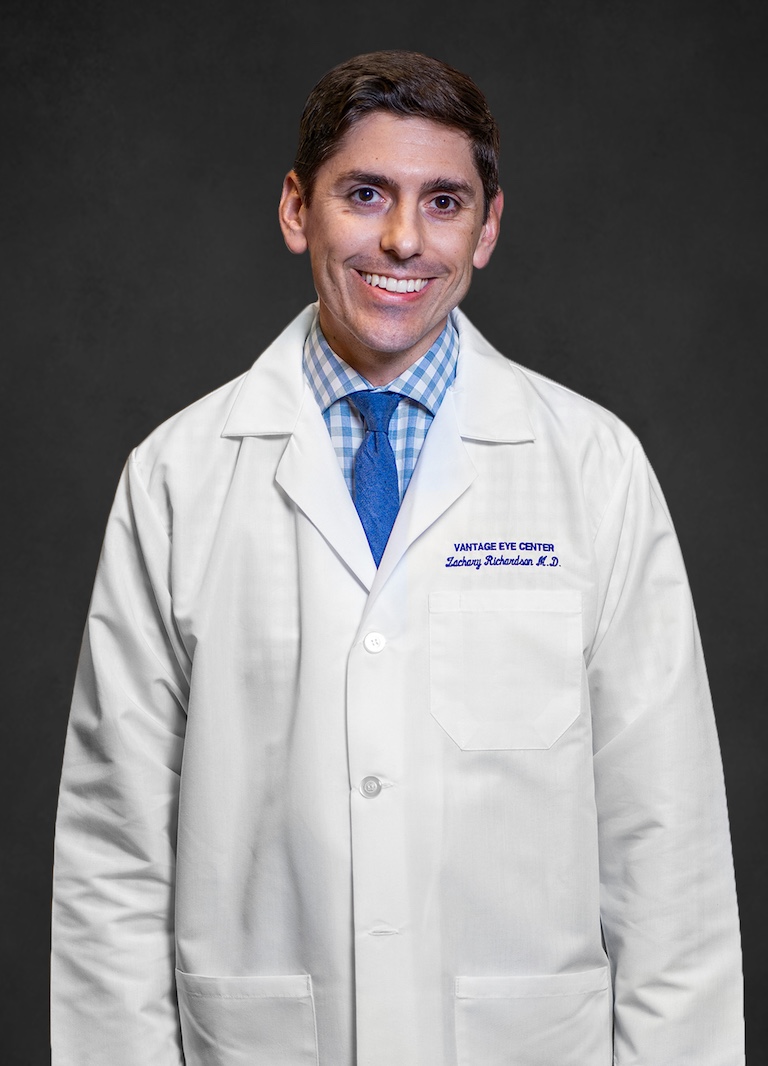What is Glaucoma?
Glaucoma is a disease defined as optic nerve damage. The primary cause of this nerve damage is elevated pressure inside the eye (intraocular pressure). Damage to the optic nerve can lead to progressive sight loss throughout a patient’s life, among other glaucoma symptoms.
In most, the drainage system becomes clogged so the aqueous humor cannot drain. When this happens, pressure (intraocular pressure) builds up inside the eye. High pressure can cause damage to the optic nerve, which then leads to vision loss. The optic disc is where the optic nerve connects to the eye. As pressure increases, nerve fibers in the optic nerve begin to die. When this happens, the disc begins to hollow out and become cupped. Early detection and treatment often help to prevent serious vision loss.
The glaucoma specialists at Vantage Eye Center provide comprehensive dilated eye examinations to monitor your glaucoma so proper treatment can be delivered and vision loss can be avoided.
How Is Glaucoma Diagnosed?
Glaucoma is diagnosed through routine comprehensive dilated eye exams. As we have stated most cases of glaucoma are typically not suspected by patients. They are usually detected in the course of an eye examination or done for some other reason, such as “routine” exams, cataract evaluations, or even follow-ups of a patient with macular degeneration. It is much better to discover this before it becomes a problem.
The best defense against glaucoma is regular eye examinations by your ophthalmologist or optometrist. Early detection can mean the difference between normal and lost vision.
Your ophthalmologists and glaucoma specialists at Vantage Eye Center take an extensive approach to glaucoma care, starting with a comprehensive eye examination including testing using our advanced glaucoma technologies. After our doctors determine if you have one of the stages of glaucoma, we will discuss your treatment options with you. These treatment options can include eye drops, injections, and/or glaucoma laser surgery if deemed necessary.
Get Help Today
The best way to figure out how to treat your glaucoma case is to see us for an in-office visit. We can then determine the progression of your disease and can begin with something as simple as a regimen of medical eye drops.
Our glaucoma specialists at Vantage Eye Center are focused on patient well-being and the preservation of vision.




